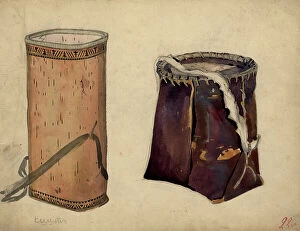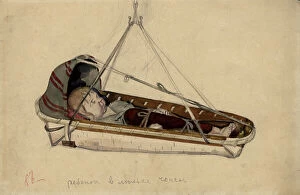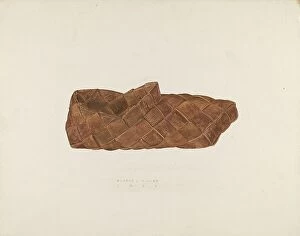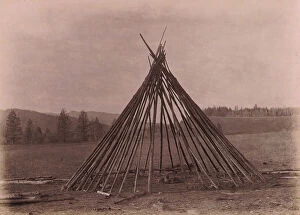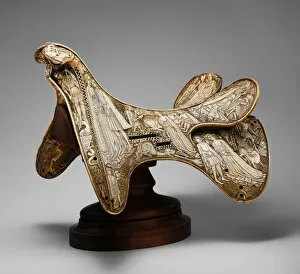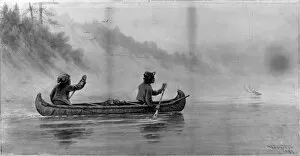Birchbark Collection
"Birchbark: A Timeless Craft and Symbol of North American Exploration" Birchbark has long been intertwined with the history and culture of North America
All Professionally Made to Order for Quick Shipping
"Birchbark: A Timeless Craft and Symbol of North American Exploration" Birchbark has long been intertwined with the history and culture of North America. From practical uses to artistic creations, this versatile material holds a special place in our heritage. One remarkable artifact that showcases the ingenuity craftsmanship is the Birchbark Pail, dating back to around 1760. Created by an unknown artist, this delicate yet sturdy container exemplifies the skillful manipulation into functional objects. In Central Europe during the early 15th century, another example of birchbark's utility emerged in the form of a Saddle. Though its creator remains anonymous, this saddle demonstrates how birchbark was utilized for its durability and adaptability across different cultures. The exploration of North America would not be complete without mentioning Samuel de Champlain, a French explorer who ventured into uncharted territories during his time. As he traversed new lands, Champlain encountered Native Americans utilizing canoes made from cedar and birchbark – a testament to their resourcefulness and connection with nature. Native American tribes like the Iroquois were particularly skilled at constructing these iconic Birchbark Canoes. Their expertise allowed them to navigate rivers and lakes effortlessly while maintaining harmony with their surroundings. Artists such as Minnehaha captured scenes depicting Hiawatha's Arrival or Ojibwas Hunting using these traditional canoes. These paintings immortalize both the practicality and beauty associated with birchbark vessels. Fast forward to 1858 when Canada witnessed canoe-making firsthand; it became evident that cedar combined with birch bark continued to be an essential part of Canadian culture even after centuries had passed since Champlain's expeditions. Today, we still appreciate birchbarks' significance as it symbolizes resilience, adaptability, and unity between humans and nature.


